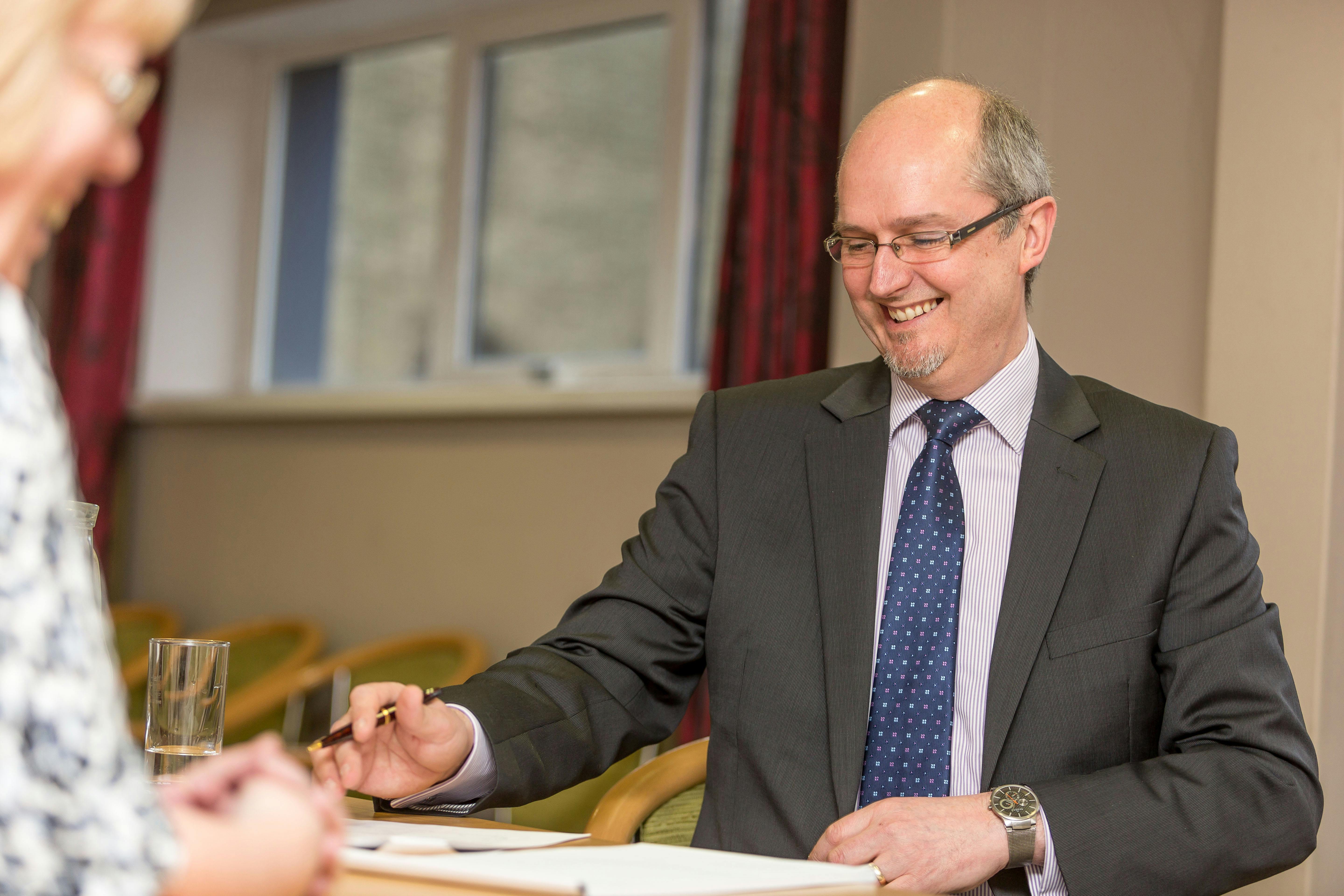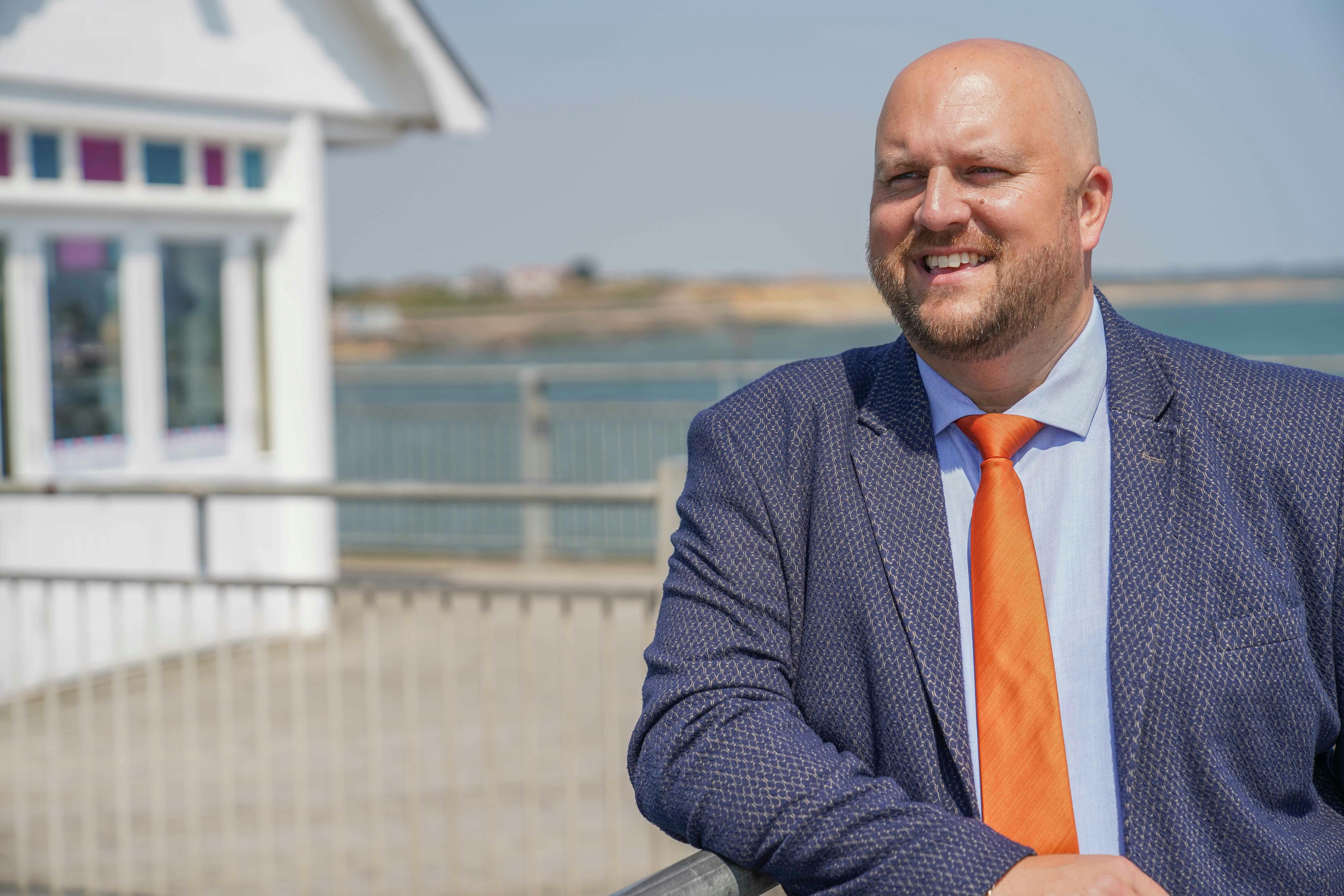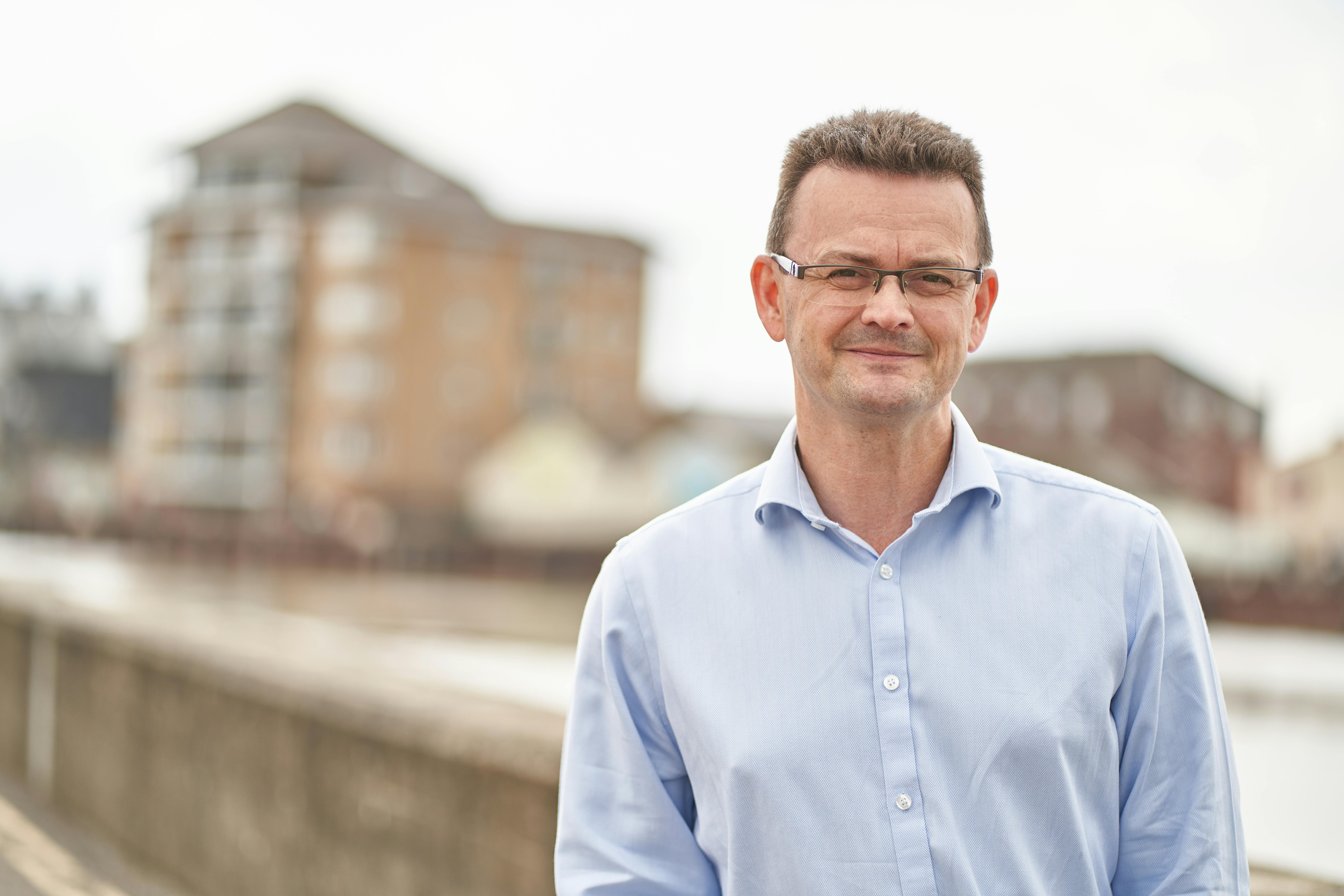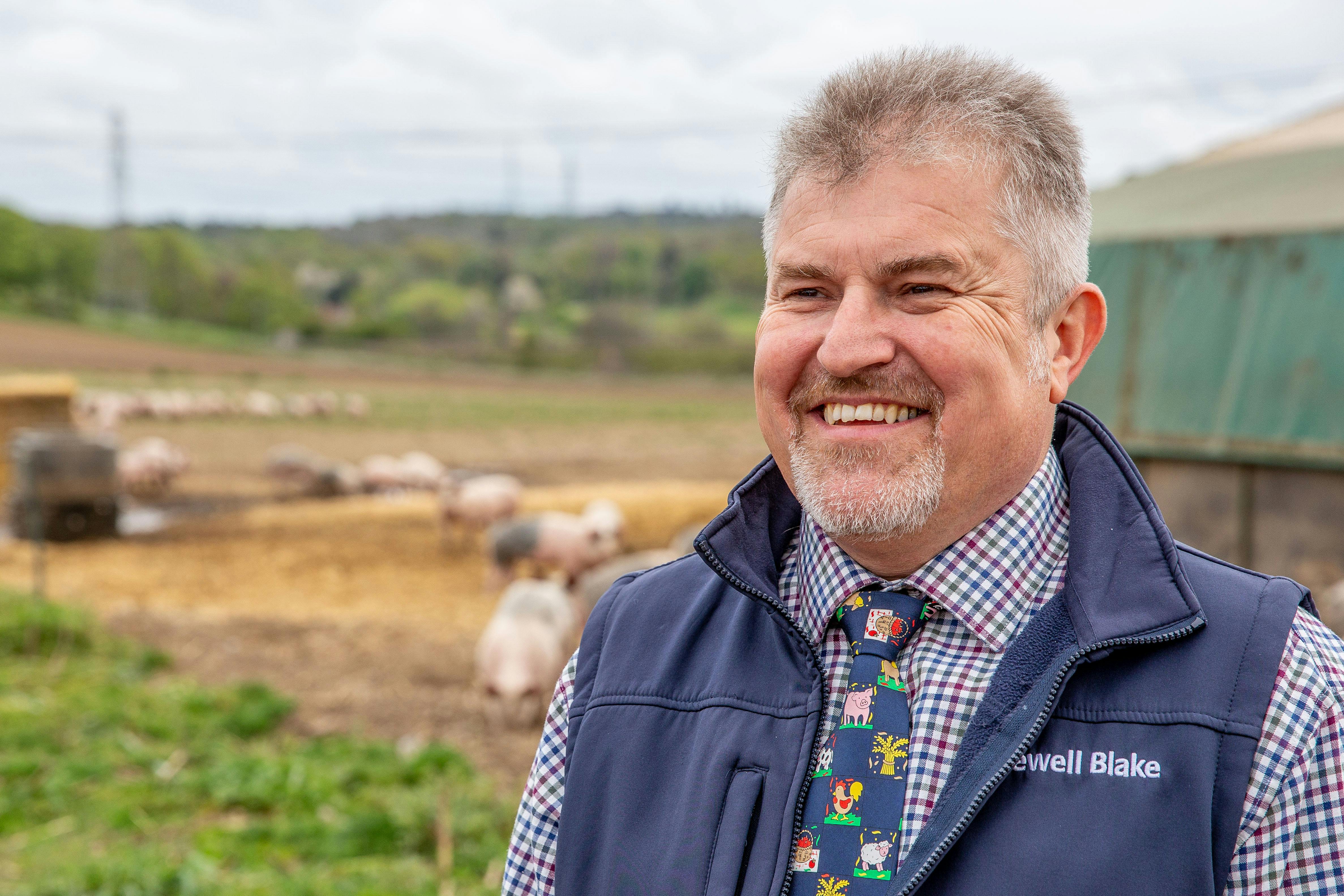The Bank of England (BoE) raised the base rate from 0.10% in December 2021 to 1.75% in August, and again last week to a 14 year high to 2.25%.
The decision to hike interest rates is part of a bid to keep inflation under control. It is the best tool that the Bank of England has to steer inflation – currently at 9.9% – back to its 2% target.
Whilst these interest rate rises haven’t been well-received by anyone with a variable rate mortgage or loan/credit card debt, they’ve given cash savers an incentive to research the most attractive rate of interest payable, as the race for drawing in new business heats up.
Prior to the BoE rate rise in December 2021, the top paying easy-access account offered 0.65% interest; however, now the top account is paying approx. 2%. Competition in the fixed-rate-savings account market is even fiercer according to ‘Moneyfacts’, with the average one-year bond now paying 2.29%, which is the highest rate in a decade.
You might be thinking that this is excellent news for cash savers; however, savers must be mindful that there is a potential tax liability waiting in the wings. In 2016, the Government introduced the ‘Personal Savings Allowance’. This meant that basic-rate taxpayers could earn £1,000 in interest before they had to pay tax, while higher-rate taxpayers had a £500 allowance. Additional-rate taxpayers had no allowance. These various savings allowances have remained the same since this tax-break was introduced.
Let’s take a look at how this works in practice.
When the BoE base rate was 0.10% - if your cash savings were earning that amount of interest, a basic-rate taxpayer would need to have £1million in savings to hit the Personal Savings Limit of £1,000. Clearly, that is going to be small handful of the population. Furthermore, with the top easy-access savings account now paying approx. 2%, that same basic-rate taxpayer would only need to have £50,000 in savings to hit the £1,000 limit.
The fixed-rate bond market is paying even more; this means you would need to have even less in cash savings to hit that limit. To illustrate this, the top two-year bond pays 3.65%, which means a basic-rate taxpayer would need around £27,500 in savings to breach the £1,000 allowance.
To demonstrate this for higher-rate taxpayers, the top easy-access rate of approx. 2% - they would need to have £25,000 in savings before they hit the lower £500 tax-free savings limit.
What is the solution to paying tax on savings?
You can put money into an Individual Savings Account – currently up to £20,000 in each tax year. Just be mindful that Cash ISAs often pay a lower level of interest, so savers will need to calculate whether it is worthwhile choosing a higher paying non-ISA account and paying subsequent tax on their savings, or putting it in an ISA, and accepting the lower rate with zero by way of tax payable.
To speak to one of our advisers
Related news

Warning as more people could pay tax on savings for the first time
Interest rates in the UK are on an upwards trajectory with the latest 0.50% increase culminating in a current base rate of 1.75%.









